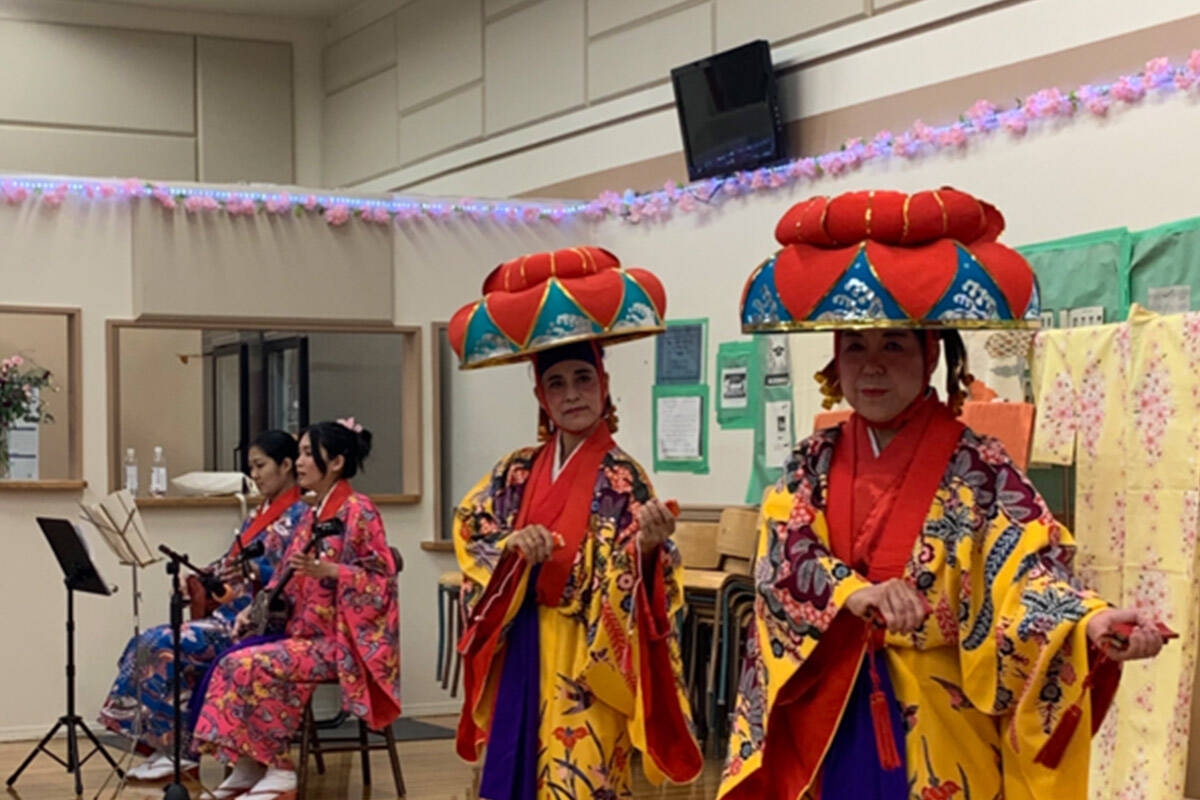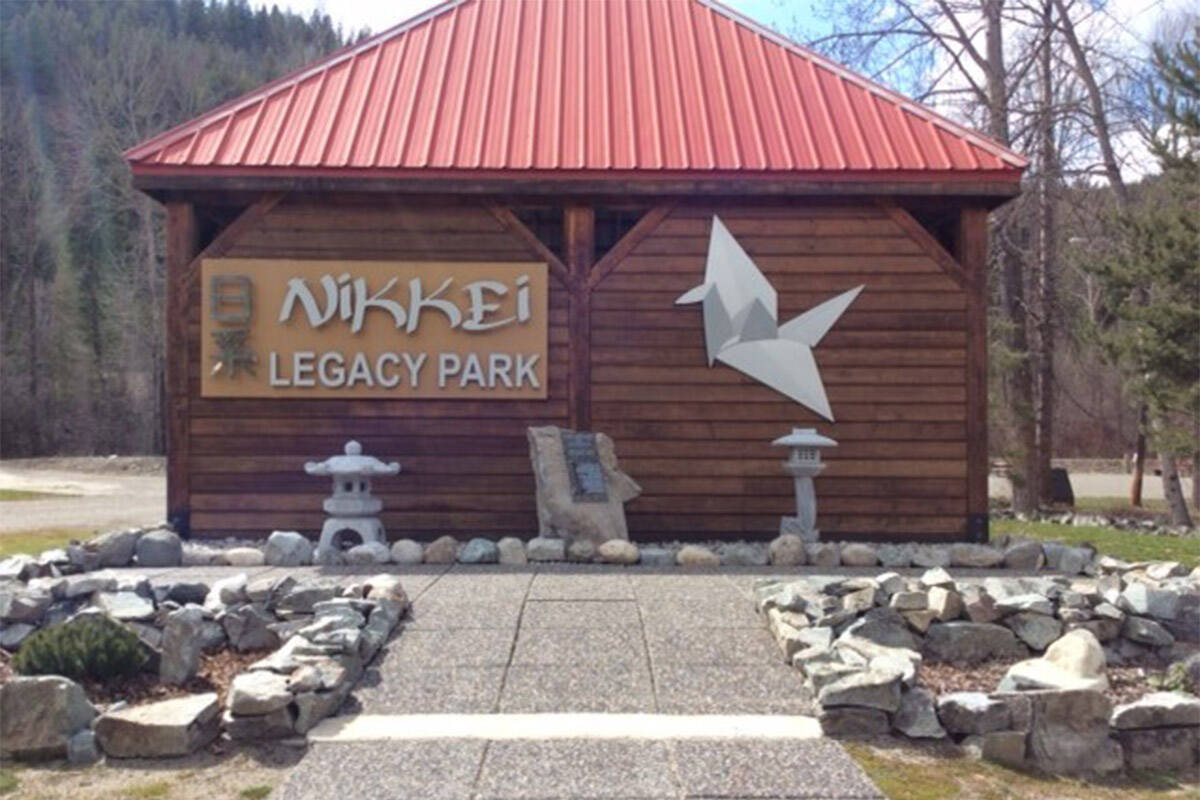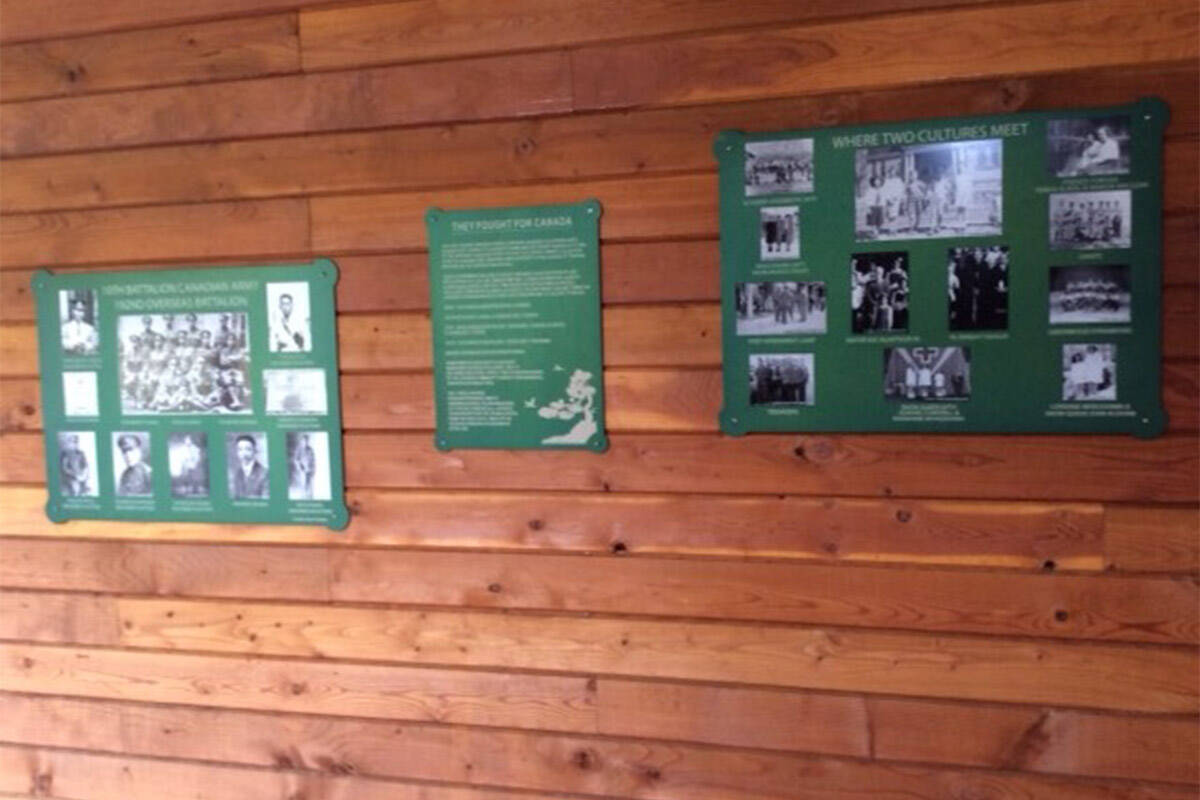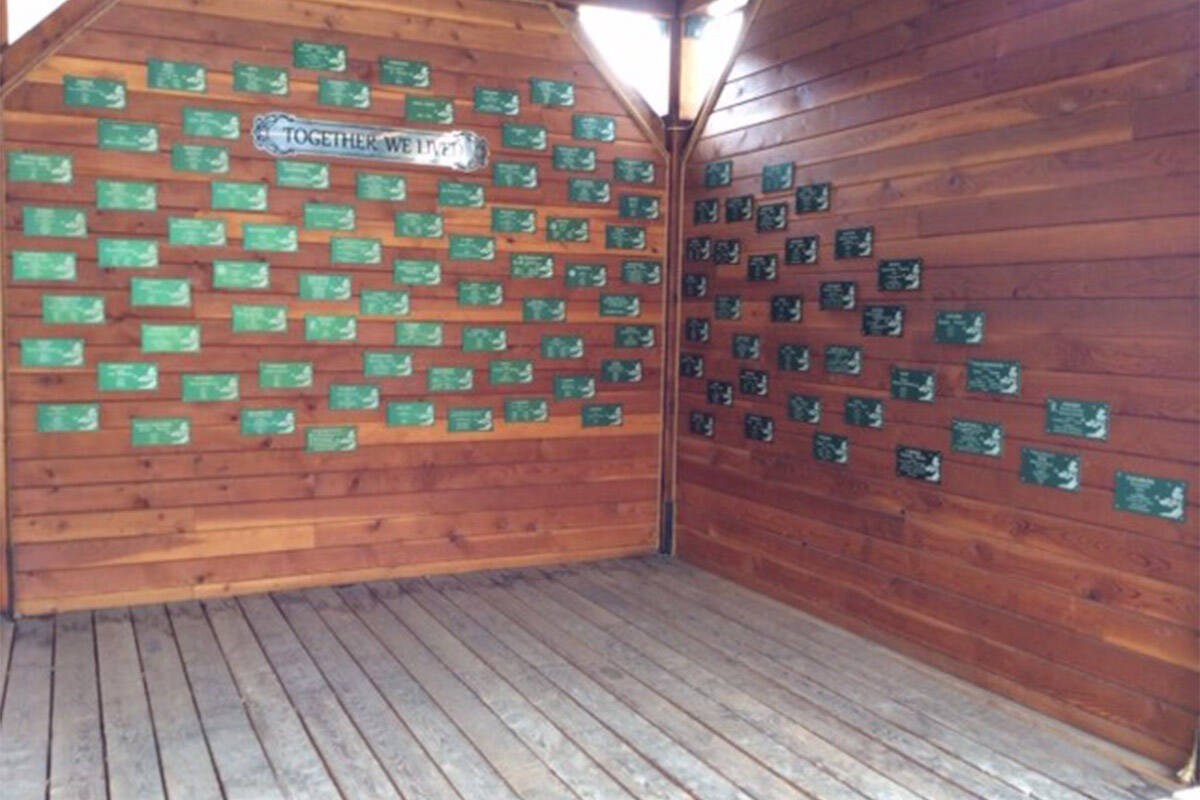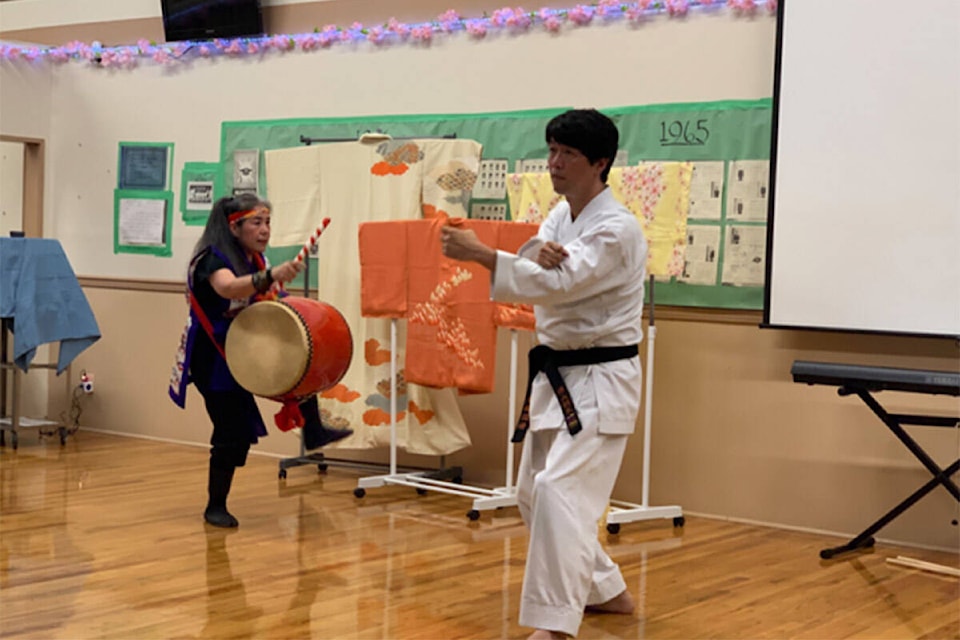More than 300 people gathered at the McArthur Centre to mark the 80th anniversary of Japanese Canadians reviving Greenwood — a process that began with one of B.C.’s most notorious human rights violations.
On July 16, the reunion and concert event remembered and celebrated Japanese Canadians’ history in Greenwood.
Southern Wave Okinawan Music and Dance Society performed a welcome song. Singer and song-writer Tamika Roberts performed classical songs and her original music. Kelowna-based Yamabiko Taiko also performed in the concert.
The Greenwood internment camp was first opened as part of a program that systematically imprisoned Japanese Canadians, some of who fought for Canada in World War One.
The BC Security Commission took Japanese Canadians’ belongings and sold them to fund the camp. The first wave of Japanese Canadians arrived at the Greenwood camp on April 26, 1942.
For anniversary organizer and internment survivor Chuck Tasaka, this anniversary represented Greenwood’s evolution towards togetherness.
“When I saw so many descendants of the early Greenwood Caucasian families at the meet-and-greet and concert, that is the proof in the pudding we embraced each other,†he said. “The internment camp morphed into a community.â€
Aprroximately 1,200 Japanese Canadians were imprisoned in the Greenwood internment camp, and around 30 survivors still live in Greenwood today, Tasaka estimated.
In Canada, there are roughly 6,000 living Japanese Canadians of the 23,000 pre-war population, so many people who were alive during internment knew this could be their last reunion in Greenwood. One woman made the journey from Kelowna at age 97.
“They just want to have that closure I guess,†Tasaka said.
Born in 1945, he was a young child throughout most of the events leading up to 1949, when the internment camp officially closed. That year, Japanese Canadians also got the right to vote, move freely and own businesses.
After a 30-year teaching career, Tasaka returned to Greenwood to dedicate his retirement to passing on the stories of first and second-generation Japanese Canadians who lived in Greenwood during this time. He cares for Nikkei Legacy Park, which memorializes local history.
In contrast to the conventional political views at the time, Mayor W.E. McArthur welcomed the Japanese Canadian arrivals.
“Greenwood would not be an example of the typical internment experience. The other nine suffered a lot more,†Tasaka said.
To this day, Tasaka wonders why the mayor had an accepting attitude. Originally, the mayor said he wanted to host the internment camp to help with the war effort.
Japanese Canadians became an essential part of the local community and economy. Skilled workers such as plumbers, carpenters, bakers and dry cleaners brought life to the town years before Japanese Canadians got the right to own businesses in 1949.
However, in 1944, the federal government ordered Japanese Canadians to go to Japan or “east of the Rockies.â€
Greenwood, under the mayor’s direction, protested this order in a letter to the government.
“The Greenwood mayor and community fought for us to stay,†Tasaka said. “Mayor McArthur allowed my father to open up the barber business in 1944. Mr. Tanizawa started a bakery business in 1946, and at the time that was against the law.â€
In 1944, Greenwood was relatively unsegregated, so the townspeople who lived there before 1942 grew out of any lingering propaganda-fueled fears. Trust was cemented when a Japanese Canadian doctor started treating local children’s whopping cough, Tasaka said.
“Once they got to know us and we started to interact, life became normal. It was just Greenwood that was able to accept us like that.â€
For most families, being forced to relocate a second time would have been horrible, Tasaka said.
Local Japanese Canadians knew nobody would hire them in the prairies and Ontario, with the exception of some employers who also experienced discrimination such as Jewish family businesses, he added. Deportation to Japan meant poverty for first-generation Japanese Canadians, and would send second-generation Japanese Canadians in foreign land.
For Tasaka, the worst part of the internment camp was it separated families. Men over the age of 18 were taken to work at road camps, while elders, mothers and children stayed at the main camp. This put an undue burden on mothers, who Tasaka called the unsung heroes in the camps.
Internment was also extremely disruptive for Japanese Canadians who became adults around 1949. They struggled to transition into university education or a career after growing up in a camp.
Canada and B.C. apologized for the program in 1988 and 2012 respectively. In May, the province dedicated $100 million to survivors, heritage sites and education about the internment program.
